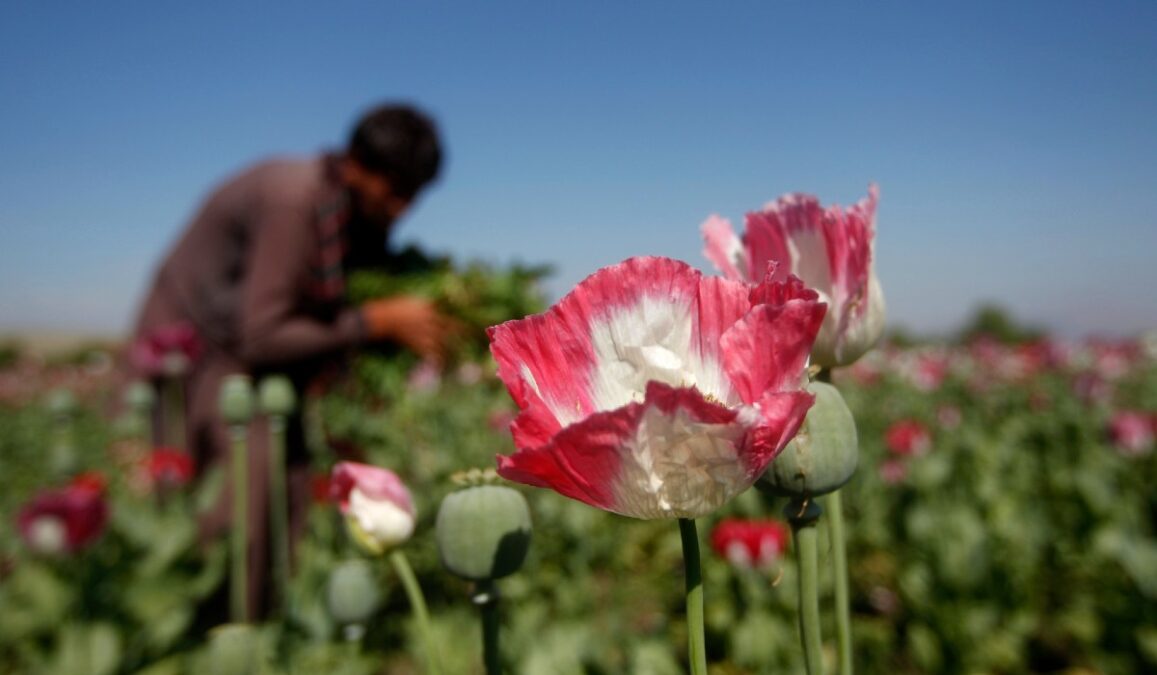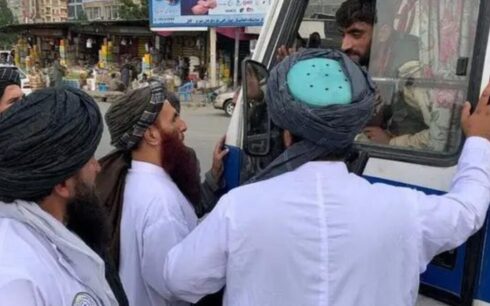The UN Office on Drugs and Crime (UNODC) said in a report on Tuesday that this year’s opium crop in Afghanistan is the most profitable in years with cultivation up by nearly a third amid soaring prices.
This comes despite the multiple humanitarian and economic crises facing the country and its Taliban rulers, UNODC reported.
Opium cultivation in Afghanistan – latest findings and emerging threats, is the first report on the illicit opium trade since the Taliban’s return to power in August 2021.
According to the report, the Taliban banned the cultivation of opium poppy and all narcotics under strict new laws in April 2022.
This year’s harvest was largely exempted from the decree, said UNODC, and farmers in Afghanistan must now decide on planting opium poppy for next year amid continued uncertainty about how the Taliban will enforce the ban.
Sowing of the main 2023 opium crop must be done by early November this year, the report read.
“Afghan farmers are trapped in the illicit opiate economy, while seizure events around Afghanistan suggest that opiate trafficking continues unabated,” said UNODC Executive Director Ghada Waly.
“The international community must work to address the acute needs of the Afghan people, and to step up responses to stop the criminal groups trafficking heroin and harming people in countries around the world,” he said.
According to UNODC findings, cultivation of opium poppies in Afghanistan increased by 32 percent over the previous year, to 233,000 hectares – making the 2022 crop the third largest area under cultivation since monitoring began.
The report states that cultivation continued to be concentrated in the southwestern parts of the country that accounted for 73 percent of the total area and registering the largest crop increase.
In Helmand province in southern Afghanistan, one-fifth of all arable land was dedicated to opium poppy cultivation.
Opium prices have soared following the announcement of the cultivation ban in April, the report says.
Income made by Afghan farmers from opium sales more than tripled, from $425 million in 2021 to $1.4 billion in 2022, the report adds.
The new figure is equivalent to 29 percent of the entire 2021 value of the agricultural sector.
In 2021, the farm-gate value of opiates was only worth some nine percent of the previous year’s agricultural output.
But the increase in income did not necessarily translate into purchasing power as inflation has soared during the same period, with the price of food increasing by 35 percent on average.
Yields down
Following a drought at the start of this year, opium yields declined from an average of 38.5 kilogrammes per hectare (kg/ha), in 2021, to an estimated 26.7 kg/ha this year, resulting in a harvest of 6,200 tons – 10 percent smaller than in 2021.
The 2022 harvest can be converted into 350-380 tons of heroin of export quality, at 50-70 percent purity.
Seizure events collected by UNODC´s Drugs Monitoring Platform suggest that opiate trafficking from Afghanistan has been ongoing without interruption since August 2021.
Afghan opiates supply some 80 percent of all opiate users in the world.
This comes as Taliban deputy leader Mullah Baradar at a gathering in Kabul in September said that they have significantly cut down on poppy cultivation and drug trafficking in the country in the first year under their rule.





